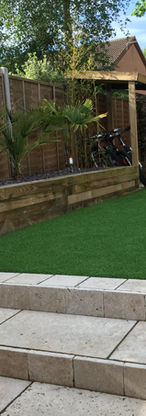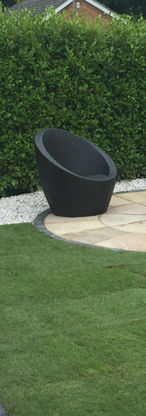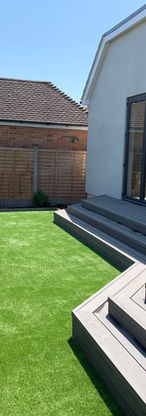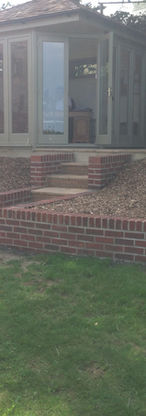Our Services
Whether you’re after a complete garden makeover or specific upgrades like decking, patios, pool surrounds, synthetic grass, or retaining walls, we’ll guide you through every step of the process to ensure your new outdoor space is exactly what you imagined.

Garden Makeovers
Transform your outdoor space into a stunning, functional garden designed for the Northern Beaches lifestyle. From concept to completion, our landscapers create custom garden makeovers that bring your vision to life.
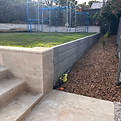
Retaining Walls
Add strength, structure, and style to your landscape with professionally built retaining walls. Our team designs and constructs retaining walls across the Northern Beaches that are both functional and visually appealing.

Decking & Patios
Upgrade your home with custom-built decking and patios tailored for outdoor living on the Northern Beaches. Using premium materials, we design and build spaces perfect for entertaining, relaxing, and enjoying the coastal lifestyle year-round.

Synthetic Grass
Enjoy a lush, low-maintenance lawn all year round with professional synthetic grass installation. Perfect for Northern Beaches families, pet owners, and busy homeowners, our artificial turf delivers natural beauty without the upkeep.

Pool Surrounds
Enhance your pool area with stylish and practical pool surrounds designed for Northern Beaches homes. We combine safety, durability, and coastal style to create a seamless finish that complements your garden and outdoor area.

Custom Outdoor Spaces
From feature paving and fire pits to unique garden elements, we design and build custom outdoor spaces tailored to Northern Beaches properties. Whatever your vision, our team brings it to life with creative, high-quality solutions.


















